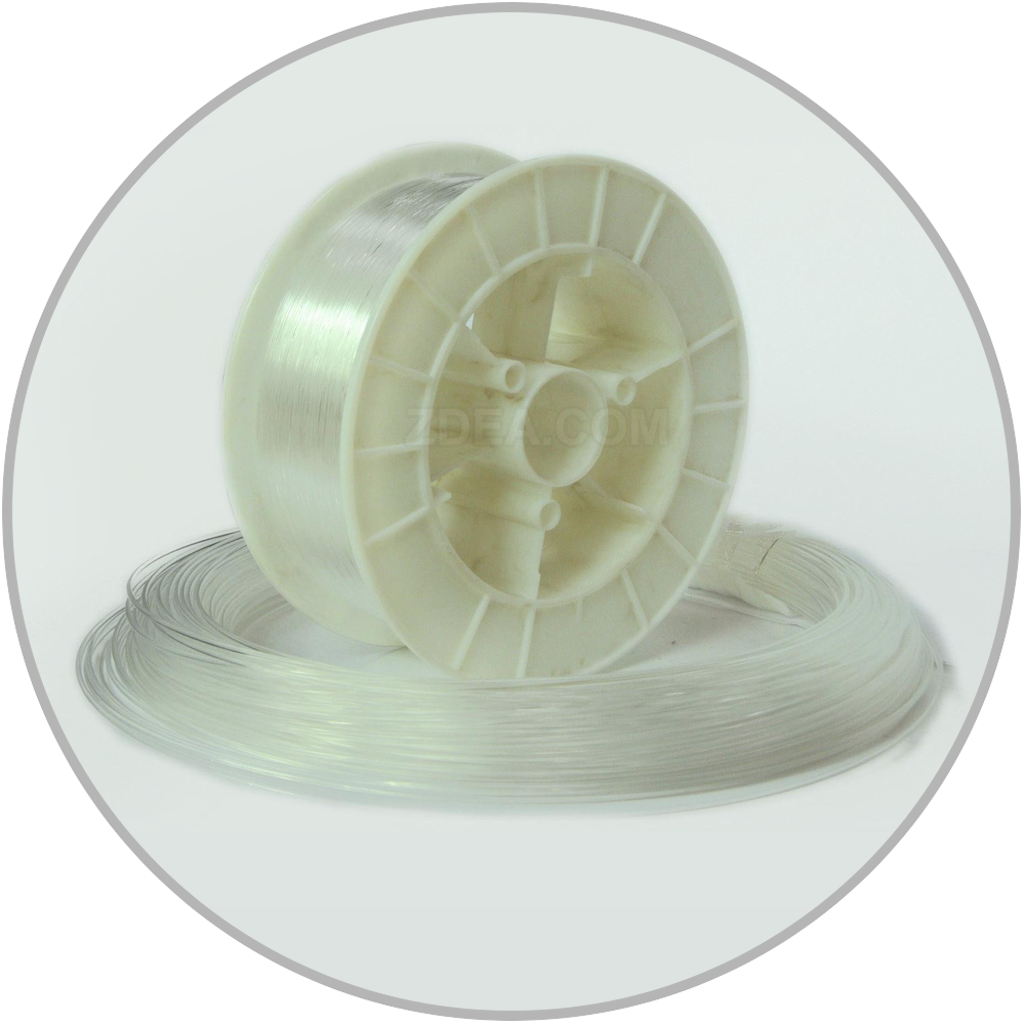Key Factors to Consider When Choosing PMMA Fiber Optic for Lighting
Key Factors to Consider When Choosing PMMA Fiber Optic for
Lighting
When selecting PMMA (Polymethyl Methacrylate) fiber optic for lighting applications, several critical factors come into play. PMMA fiber optics are known for their flexibility, light transmission efficiency, and cost-effectiveness. However, making the right choice involves understanding various technical and practical considerations. Here’s a comprehensive guide to help you make an informed decision.

Light Transmission Efficiency
One of the primary factors to consider is the light
transmission efficiency of the PMMA fiber optic. This efficiency is crucial for
applications where high brightness and clarity are required. PMMA fibers
typically offer excellent light transmission capabilities, but it is essential
to check the specific attenuation rates. Lower attenuation rates indicate
better performance, especially for long-distance light transmission.
Flexibility and Durability
Flexibility is a significant advantage of PMMA fiber
optics, making them suitable for intricate lighting designs and installations.
Assess the bend radius of the fiber to ensure it meets the requirements of your
application. Additionally, evaluate the durability of the fiber optic material.
PMMA fibers are generally resistant to environmental factors, but ensuring they
can withstand the specific conditions of your project is vital.
Diameter and Core Structure
The diameter of the PMMA fiber optic affects both the light
transmission and the flexibility of the fiber. Larger diameters generally allow
more light to pass through but may reduce flexibility. Conversely, smaller
diameters increase flexibility but might not transmit as much light.
Understanding the balance between these two aspects is crucial. Additionally,
the core structure of the fiber optic should be considered, as it influences
the light propagation and overall performance.
Compatibility with Light Sources
Ensure that the PMMA fiber optic you choose is compatible
with the intended light source. Different light sources, such as LEDs, halogen
bulbs, or lasers, interact differently with fiber optics. Compatibility ensures
optimal performance and longevity of the lighting system. Verify the numerical
aperture (NA) of the fiber to ensure it aligns with the light source's output
for efficient light coupling.
UV and Heat Resistance
PMMA fiber optics are generally resistant to UV radiation
and moderate heat levels. However, for applications involving exposure to high
UV levels or temperatures, it is crucial to verify the specific resistance
properties of the fiber. Prolonged exposure to harsh conditions can degrade the
performance and lifespan of the fiber optic, so selecting a fiber with adequate
UV and heat resistance is essential.
Cost-Effectiveness
While PMMA fiber optics are typically more affordable than
other types, such as glass fiber optics, it is still important to consider the
overall cost-effectiveness. This includes not only the initial purchase price
but also installation, maintenance, and potential replacement costs. Evaluate
the long-term value and performance benefits against the initial expenditure to
make a financially sound choice.
Aesthetic and Design Flexibility
The aesthetic potential of PMMA fiber optics is another key
factor, especially for decorative lighting applications. PMMA fibers can be
easily incorporated into various designs, providing creative lighting
solutions. Consider the specific design requirements of your project and ensure
the chosen fiber optics can deliver the desired visual effect.
Safety and Compliance
Finally, safety and compliance with industry standards and
regulations are paramount. Ensure that the PMMA fiber optic products you choose
meet relevant safety standards and certifications. This is particularly
important for installations in public spaces or areas where safety is a
critical concern. Check for certifications such as UL, CE, or other relevant
marks of quality and safety compliance.
By carefully considering these factors, you can select the
most suitable PMMA fiber optic for your lighting needs, ensuring optimal
performance, durability, and visual appeal.